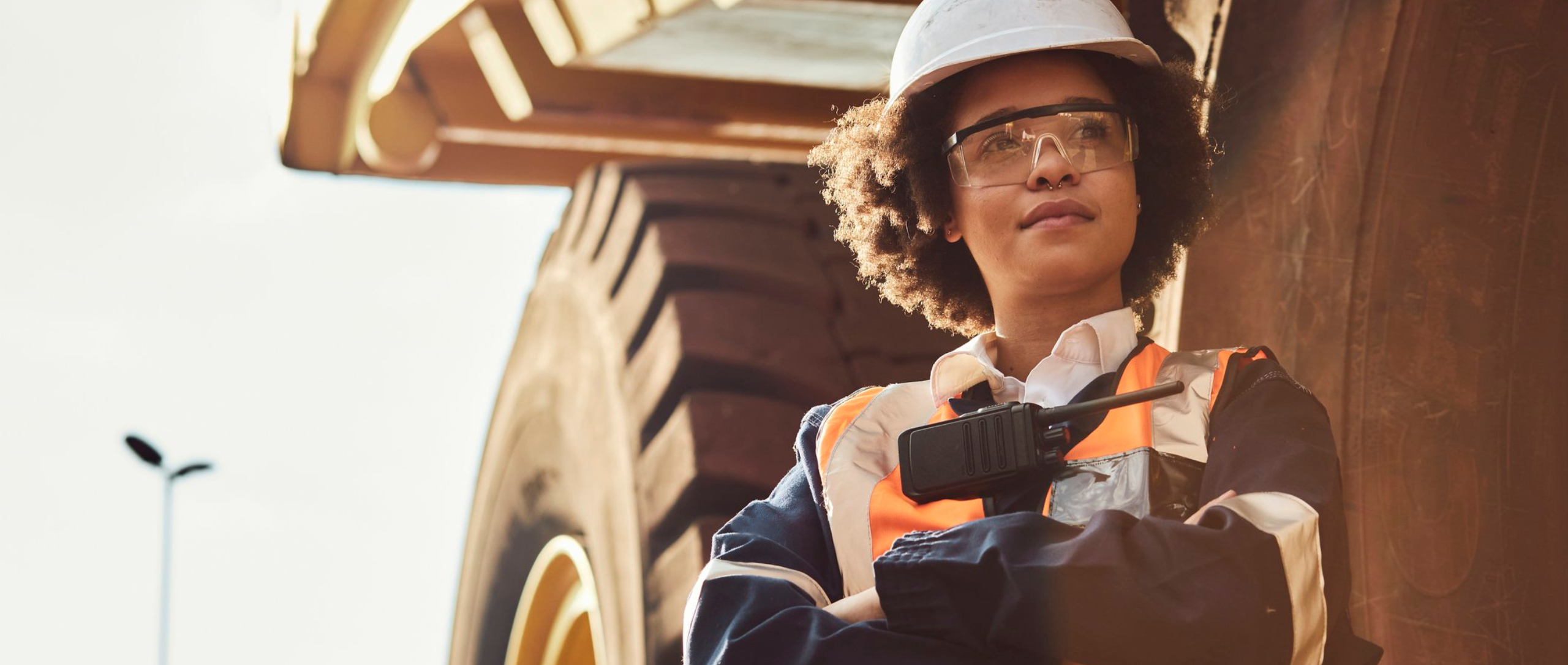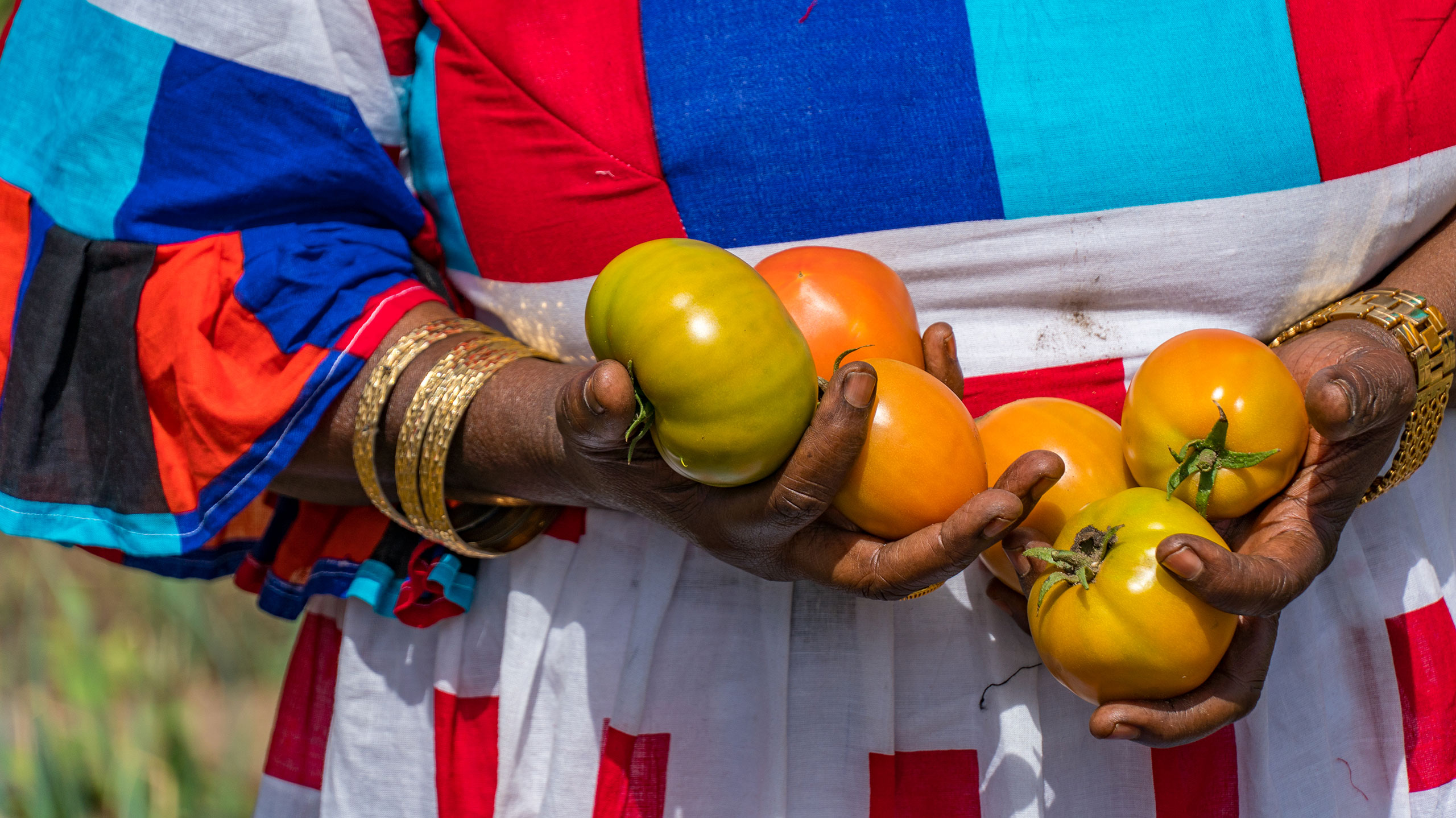This is part of a series of articles about the 2016 Skoll World Forum, which took place April 13-15 in Oxford, England.
Even though the social sector is one of the fastest growing, it is still considered outside the business mainstream. However, in recent years businesses have begun to get more involved in social outcomes, opening the door for collaboration across sectors. This has come partly in response to growing demands from civil society, government, and academics for business to help address unprecedented global challenges—like climate change—that call for collective action.
Over the past five years Citi has hosted a discussion at the Skoll World Forum on how businesses can take a stronger role in delivering social good. Robert Annibale, panel moderator and Global Director of Citi Inclusive Finance and Community Development, has been a longtime leader in this space. He makes the case that social progress is in the capital market’s best interest.
This year’s discussion, titled “Can Digital Innovations Unlock Partnerships to Scale Impact?”, explored the role of technology in merging the worlds of social change and business. The panel featured Jason Lamb, Deputy Director of Global Development at the Bill and Melinda Gates Foundation; Skoll awardee Andrew Youn, Co-Founder of One Acre Fund; Andrea Coleman, another Skoll awardee and Co-Founder of Riders for Health; and Luis Guzman Pardo Figueroa, Treasury Director for SABMiller—UCP Backus and Johnston SAA (Peru).
Technology can drive unlikely partnerships and operational efficiencies
It has been said that wealth is not determined by the amount of money or assets one has, but instead by the number of networks of productivity and exchange one can access. If this is true, then we can easily spot the barriers to social and financial progress when we look at everyday systems that exclude the poor.
One of the most obvious of these is the banking system. Poor people are cut off from starting and growing businesses, partaking in global trade, saving money, even getting paid, because banks have excluded them from using their products and services.
In 2013 New York City’s Association for Neighborhood and Housing Development reported that the city’s 23 largest banks had deposits exceeding $590 billion, but lent or invested only 1.35 percent of these funds in a way that benefited low- and moderate-income residents.
Now imagine what this number looks like in developing countries.
In order to issue a loan, banks need to look at a borrower’s credit history, which starts with confirming their identity. Technology is quickly helping to make this process easier, and to make more low- and moderate-income people bankable.
As Jason Lamb pointed out, the Unique Identification Authority of India has almost finished giving every citizen a digital identity—through biometrics scanning and fingerprinting—to help solve the country’s “identity crisis”: the lack of documentation on who is actually an Indian citizen. The government is using this digital identity—called Aadhaar—to help bring previously excluded people into the banking system.
Now, 213 million people have opened bank accounts in India. The government is able to make social benefit payments to these citizens via direct deposit. This has eliminated inefficiencies in the way the government pays out subsidies and has reduced its costs by $1.4 billion. I would call this a win-win.
Luis Guzman shared with us how SABMiller—with support from Citi Inclusive Finance—uses technology to resolve the banking problems of its small-scale distributors across Peru, many of them in remote and hard to reach places. SABMiller engages with over 400,000 of these unbanked small businesses in Peru and plans to reach hundreds of thousands more.
Prior to 2013, 70% of small distributors paid their bills with cash. That number has since fallen to 30%, thanks to “digital wallet” technology that allows businesses to make and receive payments via cellphone. Luis explained how this has led to long-term gains for the company and long-term social gains for the small businesses they work with, by opening doors for them to engage with other large companies. This too is an example of a win-win.
Technology helps manage quality
This brings us to another point of discussion: how technology can foster accountability and lead to improvements in quality, through sharing and executing based on real-time data.
“Nowadays it is better to manage digitally,” said Andrew Youn. Andrew’s One Acre Fund (1AF) works with poor farmers all over the world. In East Africa they are serving over 400,000 farm families by delivering a bundle of services that help them be more productive. That’s a lot of people to manage, but with technology Andrew’s team is able to communicate, train, and collect data almost in real time in order to better serve beneficiaries.
Not only does this give poor farmers a much-needed leg up, but it also prepares them to engage with the global market. Andrew explained how 1AF’s innovation may seem simple and intuitive, but may not have been done before because of the complexity of executing it at scale. New technology makes it possible.
Social progress, but with caveats
From the audience, Barefoot College CEO Meagan Fallone raised concerns that technological transformations for social progress may not always be as smooth as the panelists suggested. Her organization has been providing basic services and solutions to problems in rural communities for more than 40 years, with the objective of making them self-sufficient and sustainable.
Barefoot College works with technology in the renewable energy sector to empower people, and is no stranger to the powerful social transformation that technology can enable. However, it took almost two years for her organization to convince a funder that they needed a technology partner to help them grow and scale their work.
“We’re seeing a real cry from the poorest of the poor to be part of this technology revolution,” Megan said. Yet she found it difficult to convince funders that not everyone has access to a mobile phone, the electricity needed to charge it, or even basic literacy skills needed to make use of the technology.
In India the Aadhaar system may actually create a bigger gap between the privileged and impoverished. Not everyone has the skills and tools needed to access their digital identity and use it to its full potential. In order for poor people to get the most out of this technological transformation, we still need organizations that provide basic services such as education, financial training, and electricity to marginalized people.
Andrea Coleman affirmed this point, adding that in her opinion there is a mistaken belief that everybody in the developing world has a mobile phone, especially in rural areas. This assumption can be damaging to the work we are doing if we don’t address it, she argued.
Now what?
While technology is not a cure-all for solving social problems, it can definitely help make systems more efficient and more inclusive of poor people. The potential to improve livelihoods through faster communication and better data collection, as well as to create unlikely partnerships that transcend geographies, cultures, social strata, and business size are endless and we are already seeing this take shape. At the same time, we must consider who may be excluded from these developments and craft solutions that address their needs, if we are to create a more just, peaceful, and prosperous world.



